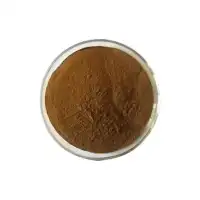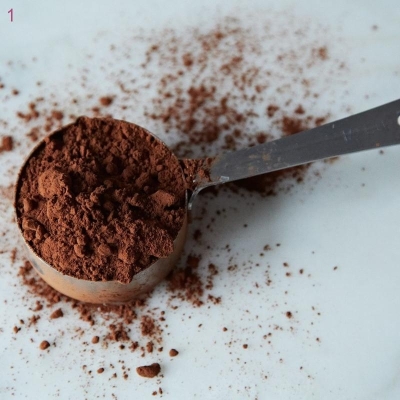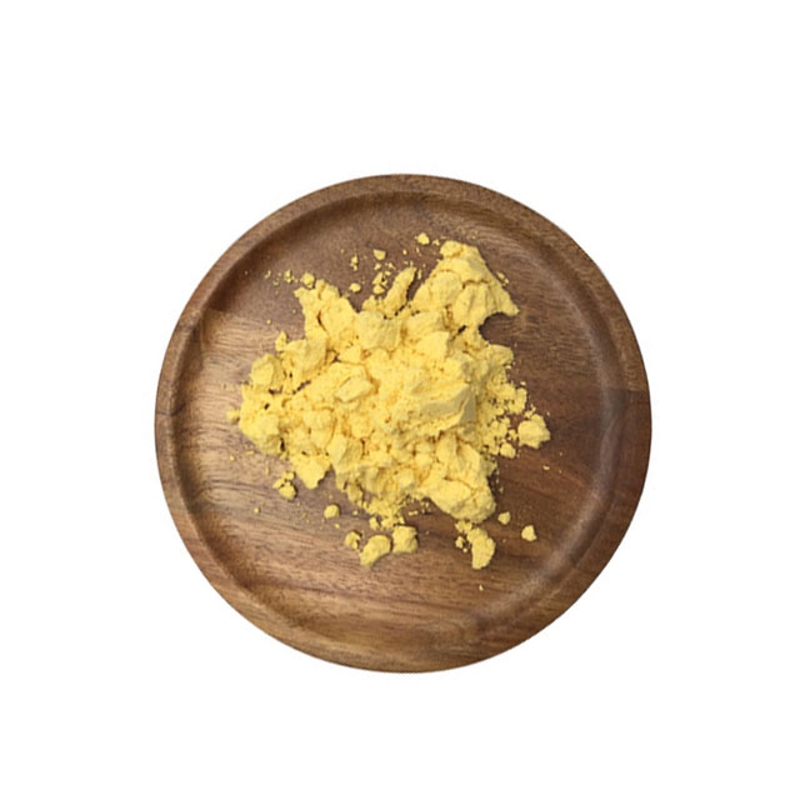-
Categories
-
Pharmaceutical Intermediates
-
Active Pharmaceutical Ingredients
-
Food Additives
- Industrial Coatings
- Agrochemicals
- Dyes and Pigments
- Surfactant
- Flavors and Fragrances
- Chemical Reagents
- Catalyst and Auxiliary
- Natural Products
- Inorganic Chemistry
-
Organic Chemistry
-
Biochemical Engineering
- Analytical Chemistry
- Cosmetic Ingredient
-
Pharmaceutical Intermediates
Promotion
ECHEMI Mall
Wholesale
Weekly Price
Exhibition
News
-
Trade Service
Protein synthesis by isolated plant mitochondria under in vitro conditions is a direct method to study the translational products of this organellar genetic system. Compared to fungal and animal mitochondrial systems, a considerably higher number of proteins is expected to be encoded by the plant mitochondrial genome (for details,
see
the introduction to Chapter 32 ). Since no in vitro translation system using isolated mitochondrial ribosomes, e.g., in an S100 extract, has yet been established, protein synthesis with intact organelles is the best way to analyze the products of the mitochondrial translation apparatus. The
in organello
synthesized proteins should in fact reflect the number of polypeptides expressed by plant mitochondria. The analysis relies on incubation of isolated mitochondria with radiolabeled amino acids such as [
35
S]methionine. After a period of continuing the
in organello
synthesis the radiolabeled translation products are subsequently separated by
SDS
polyacrylamide gel electrophoresis and analyzed by autoradiography (Fig. 1 ). Such an experimental procedure was developed and has been described in detail by Leaver et al. (
1
). The system established by these authors has reproducibly worked well with mitochondria from different tissues of various plants and here we describe this method with minor changes.Fig. 1.
Autoradiograph of
in organello
[
35
S]labeled translation products from plant mitochondria separated on a 15% SDS-polyacrylamide gel. Lane (1), total translation products of potato mitochondria were directly loaded on the gel. Lane (2), after incubation with an antibody directed against the overexpressed wheat mitochondrial NAD9 protein and subsequent immunoprecipitation with Protein-A Sepharose. Assignments of individual labeled bands are given on the left side and the molecular mass standards are on the right hand margin.







